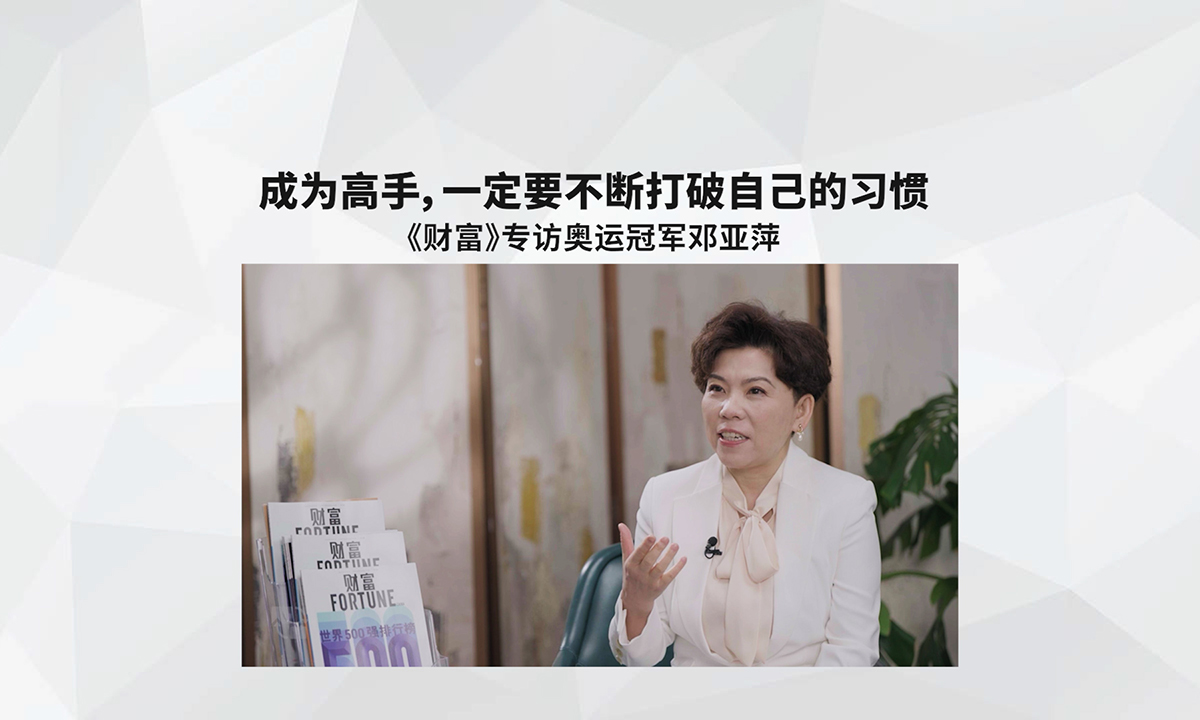微软宣布重大业务重组计划,Windows业务遭肢解
|
微软CEO萨提亚·纳德拉带领公司走过了个人计算占主导的过去,进入了云和移动为主导的现在,并将迎来人工智能以及虚拟现实驱动的未来,这是一项艰巨任务。 上周四,纳德拉公布了对微软组织结构的最新改造计划,从这次调整中也显露出一些关键的主题。此次调整的目的是充分挖掘微软最强大的业务,例如Azure云服务和Office 365订阅软件等,而Windows业务不再受到重视。 早在2015年,纳德拉曾经进行过一次业务重组,将Windows软件与所有硬件业务合并,包括Surface电脑、HoloLens虚拟现实设备、Lumia智能手机、Surface Hub桌面显示器、Band运动跟踪手环和Xbox游戏系统等。用纳德拉的话说,新成立的“Windows与设备事务部”(WDG)的目标是“进一步扩大Windows生态系统”和“在各类设备上推广Windows即服务”,以增加硬件销售。 但除了Xbox,或者还可以算上Surface,其他多数硬件的销售依旧毫无起色或者已经被取消(Surface在过去12个月的销售额约为40亿美元,虽然相当可观,但在PC市场却依旧不值一提)。Xbox的成功与过去几年WDG部门有关Windows的各种努力没有关系,或者没有太大的关系,例如Windows通用平台,旨在吸引开发者在该平台上开发可在Window Phone、个人电脑和游戏平台上运行的应用。虽然Windows 10在发布后的近三年里表现尚可,但个人电脑的销量却陷入了停滞(乐观地说)。 纳德拉现在面临的现实是,微软在硬件和软件方面的移动策略已经失败,寄希望于将其他业务与Windows捆绑来促进销售没有任何帮助。但微软的Azure云业务却在持续增长,Office 365和Dynamics 365等企业软件订阅业务的收入也在增长。在最近一个财季,即截至12月31日的三个月,Office 365的收入增长了41%,Dynamics 365的收入增长了67%,而Azure部门的销售额增长了98%。与此同时,Windows商业版的收入却减少了4%,Surface电脑的销售额仅增长了1%,PC版Windows的销售额下滑了4%。 当上帝给你关上一道门…… 微软2018年的新计划是将所有业务更密切地捆绑云业务和快速增长的Azure部门。WDG部门将被解散,部门负责人特里·梅尔森将离开微软。当梅尔森负责组建WDG部门时,他从当时离开公司的斯蒂芬·埃洛普手中接管了移动业务。如果梅尔森为该部门制定的方向,像他当初抛弃艾洛普的失败策略一样,被迅速推翻,这肯定会很有趣。 大部分Windows软件业务,即Windows平台团队,以及部分人工智能业务,将由云和企业软件部门负责人斯科特·格思里负责。格思里还将负责人工智能语音、计算机视觉、增强与虚拟现实(微软称为混合现实)业务。这些团队均面临着亚马逊(Amazon)、谷歌(Google)和苹果(Apple)等公司的激烈竞争。将它们与Azure云业务相结合,可以帮助它们作为云服务重新流行起来。 如果Windows业务能够从一次性销售转变为重复订阅,就像Office业务的成功转型一样,那么微软投资者肯定会兴奋不已。微软表示此次重组主要影响工程部门,并不会影响公司报告财务业绩的方式。周四公布重组计划之后,微软股价在下午中段交易中上涨了2%。 对于格思里负责的业务,纳德拉给出的解释充斥着大量的行话,但其中的要点就是使微软可以通过云平台提供各种应用和服务,可在手机、企业服务器以及未来的虚拟现实设备上使用。微软公布的纳德拉写给员工的电子邮件称:“该团队的目的是为各层技术堆栈,提高平台的凝聚力,创造有吸引力的价值。” ……打开一扇窗 硬件设备和PC版Windows销售业务,将并入一个新部门“体验与设备部”,负责人为原Office软件部门的主管拉杰什·贾哈。另外,贾哈还将负责协助企业管理移动设备与软件的部门,以及开发新型人机交互方式的部门,如HoloLens和XBox Kinect等。 纳德拉在邮件中解释道:“计算体验正在进化,它将包括各种感觉,不再局限于某一个设备,而是会跨越更多设备,我们从家到办公室以及在出行的途中,计算体验都无处不在。客户的这些现代化的需求、习惯和预期,鼓励我们将Windows、Office和第三方应用与设备,带入到一个更有凝聚力的微软365体验当中。” 最后,许多报道都忽视了一个关键的新部门,即工程技术与研究中的人工智能与伦理(AETHER)委员会。该部门的职责是评估人工智能的发展状况,制定规则与边界,确保以负责任的方式使用人工智能。其初期的两项任务是检测人工智能系统是否会偶尔包含带有偏见的观点,并确保微软的所有工作均符合欧盟即将生效的新《通用数据保护条例》(General Data Protection Regulation)。 纳德拉写道:“虽然这里有巨大的机遇,但确保我们始终对我们的客户和合作伙伴负责,将依旧是我们的工作准则。”(财富中文网) 译者:刘进龙/汪皓 |
Microsoft CEO Satya Nadella has no easy task steering the company well past the era of its personal computing dominance, through the current cloud and mobile-oriented period and into the AI and possibly VR driven future. On Thursday, Nadella unveiled his latest overhaul of Microsoft’s organizational structure with several key themes emerging from the changes. The new setup aims to leverage Microsoft’s strongest businesses, like its Azure cloud service and Office 365 subscription software, while Windows gets deemphasized. Back in 2015, Nadella reorganized to combine Windows software together with all of the company’s various hardware efforts, at the time including Surface computers, HoloLens VR gear, Lumia smartphones, the Surface Hub table display, the Band fitness tracker and the Xbox gaming system. The goal of the the newly created “Windows and Devices Group” was, in the CEO’s words, to “propel the Windows ecosystem forward” and “drive Windows as a service across devices of all types” to increase hardware sales. But aside from Xbox, and arguably Surface, most of those hardware efforts remain tiny or have been eliminated (at about $4 billion over the past 12 months, Surface is substantial though still just a blip in the PC market). And Xbox’s success has had little or nothing to do with the various Windows-related efforts that emerged from the WDG in the past few years, like the Windows Universal Platform, which was aimed at convincing developers to write apps that would run on the company’s phone, PC and gaming platforms. And while Windows 10 has done just fine in the almost three years since it was released, underlying PC sales are sluggish at best. The current reality facing Nadella is that Microsoft’s mobile strategy in hardware and software failed and tying everything to Windows for a boost didn’t help. But Microsoft’s Azure cloud business is booming, as is the growing revenue from business software subscriptions like Office 365 and Dynamics 365. In its most recent quarter, the three months ended Dec. 31, revenue from Office 365 increased 41%, Dynamics 365 rose 67% and Azure sales jumped 98%. At the same time, revenue from Windows commercial products dropped 4%, Surface computer sales gained 1%, and Windows sales for PCs rose 4%. When One Door Closes… The new idea for 2018 is to tie everything more closely to the cloud and the fast-growing Azure unit. The WDG is being disbanded and band leader Terry Myerson is retiring from Microsoft. When the WDG was formed under Myerson, he took over mobile efforts from Stephen Elop, who left the company. It will be interesting to see if Myerson’s directions are erased as quickly as he moved away from Elop’s failing strategy. Much of the Windows software effort, called the Windows Platform Team, will move under cloud and enterprise software leader Scott Guthrie’s group, along with several AI initiatives. Guthire also gets charge of AI speech, vision, augmented and virtual reality (what Microsoft calls mixed reality) efforts. Putting those teams, which face fierce competition from the likes of Amazon , Google, and Apple, together with Azure could help them catch on as cloud services. Microsoft investors also certainly would be thrilled if the Windows business could shift from one-time sales to recurring subscriptions as successfully as the company shifted its Office business. Microsoft said the reorganization, largely affecting its engineering groups, would not result in any change in how the company reports its financial results. On Thursday after the reorganization announcement, the company’s share’s gained 2% in midafternoon trading. Nadella’s explanation for what he put under Guthrie was laden with industry jargon, but the point is to allow Microsoft to offer all kinds of apps and services via the cloud that will be usable on everything from mobile phones to corporate servers to future VR devices. “The purpose of this team is to drive platform coherence and compelling value across all layers of the tech stack,” the CEO wrote in an email to employees released by Microsoft. …A Window Opens Hardware devices and selling Windows for PCs shift to a new group called “Experiences & Devices” to be run by Rajesh Jha, who oversaw the Office software unit. Jha also gets Microsoft’s business helping corporations manage their mobile devices and software and a unit that developed new ways to interact with computers, like the HoloLens and XBox Kinect. “Computing experiences are evolving to include multiple senses and are no longer bound to one device at a time but increasingly spanning many as we move from home to work and on the go,” Nadella explained in his email. “These modern needs, habits and expectations of our customers are motivating us to bring Windows, Office, and third-party applications and devices into a more cohesive Microsoft 365 experience.” Finally, another key new unit that was largely overlooked in the coverage of Thursday’s announcement will be called the AI and Ethics in Engineering and Research, or AETHER, Committee. Its role will be to assess how AI capabilities are developing and establish rules and boundaries to ensure responsible use. Two early tasks will be to detect whether AI systems have accidentally incorporated biased points of view and to make sure all Microsoft’s efforts abide by the EU’s new General Data Protection Regulation. “While there is great opportunity, ensuring we always act responsibly for our customers and partners will continue to be a hallmark of our work,” Nadella wrote. |











